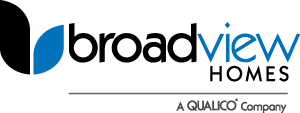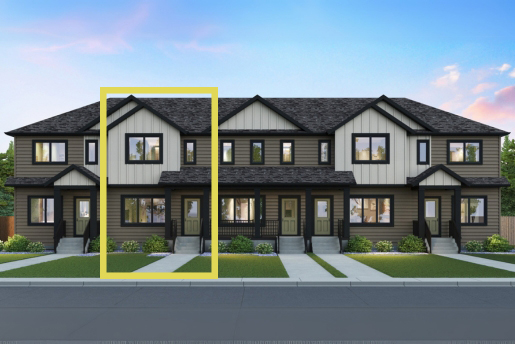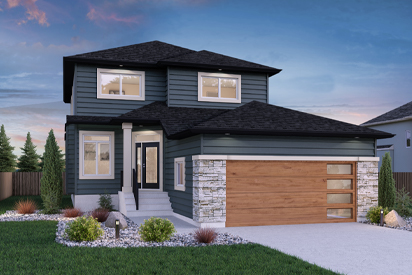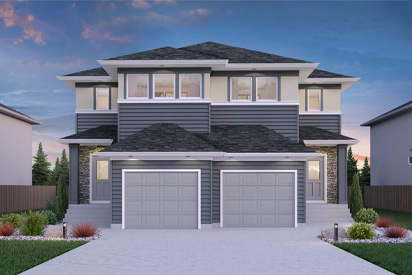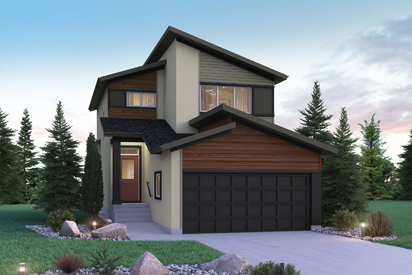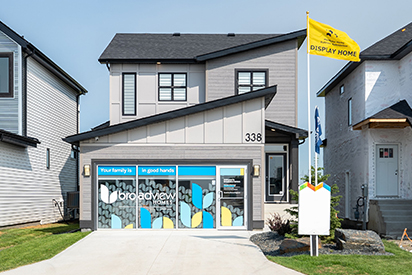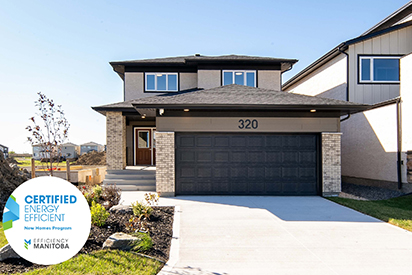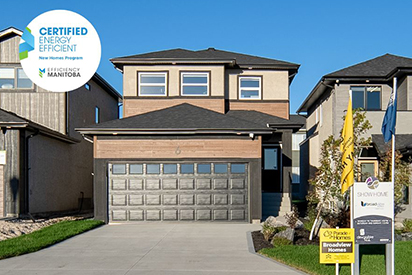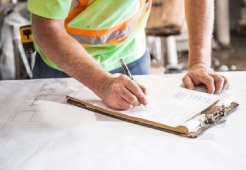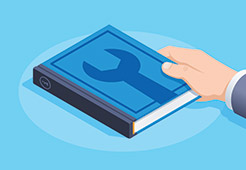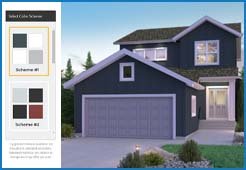The Details on Canada's New First-Time Homebuyers Incentive Plan

 Canadians who have been struggling to get the money together to purchase their first home are excited about the new first-time homebuyers incentive plan that launches this September. Through it, the government is providing interest-free loans to qualifying Canadians. This additional money goes toward the down payment, resulting in smaller monthly payments and less interest paid over the lifetime of the loan. In some cases, the effects are dramatic.
Canadians who have been struggling to get the money together to purchase their first home are excited about the new first-time homebuyers incentive plan that launches this September. Through it, the government is providing interest-free loans to qualifying Canadians. This additional money goes toward the down payment, resulting in smaller monthly payments and less interest paid over the lifetime of the loan. In some cases, the effects are dramatic.
Is this program right for you? Learn all of the details to find out.
 Requirements
Requirements
Buyers who want to take advantage of the program must still have the minimum 5 percent down payment to purchase their home, so if you’ve been thinking about using the incentive program to finally reach those down payment minimums, this isn't that kind of program.
However, don’t forget that you can still borrow money from your RRSP to cover the cost of the down payment. That’s an option if you’re struggling to save up the amount you need.
There’s also an income limit for the program. Only low- and moderate-income Canadians can qualify for the incentive program. You need to have a pre-tax household income that does not exceed $120,000. If you’re close to that cutoff amount, you may want to consider purchasing a home before you get your next pay raise.
Finally, the government has also put some restrictions on the cost of the home. The mortgage can be no more than four times the buyer’s income. If you’re at the maximum income of $120,000, this means that the maximum mortgage amount is $480,000, and the price of the home would likely be somewhere between $500,000 and $550,000, depending on the size of the down payment. However, if your income is only $80,000, the maximum mortgage amount would be $320,000. That’s a pretty big difference, so it’s important to be realistic when you’re shopping for homes.
 How Much Can You Get?
How Much Can You Get?
The goal of the incentive program is to match your down payment. The government will match up to 5 percent if you’re buying a resale home, but up to 10 percent if you’re purchasing a new construction home. To get that maximum amount, though, you need to also have 10 percent of the purchase price saved up.
Let’s take a look at an example. If you were interested in buying a new construction home that costs $450,000, the minimum down payment would be $22,500. If you had that much money saved up, the government would match it at $22,500, so your total down payment would be $45,000. Your mortgage would then be for $405,000. To get the maximum benefit from the incentive program, you’d want to save up $45,000 for a 10 percent down payment. Since the government would also match that amount, you’d then have a $90,000 down payment, and would only need a $360,000 mortgage. It's pretty clear how big of a difference that can make in your monthly payment.
Loan Details
Before you get too excited, remember that this is a loan from the government, not a grant. It is very appealing though because it’s technically a no-interest loan, and you don’t need to make payments on the loan. However, you can choose to pay it back at any time with no pre-payment penalties. Keep in mind, if you don't make payments on the loan, you will have to pay it back when you go to sell your home.
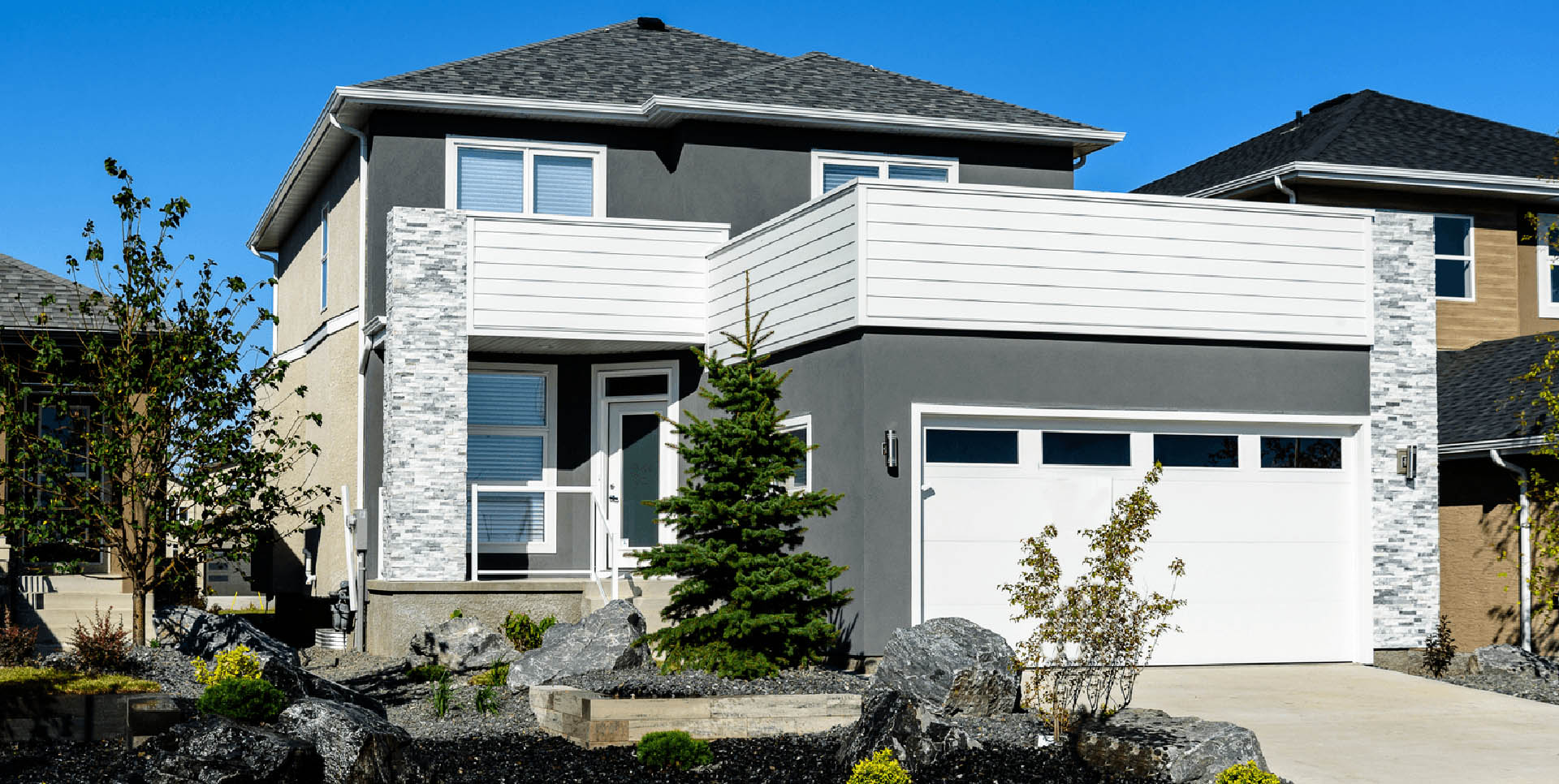 See, in providing you with this loan, the government then has some equity in your home. If they match your down payment at 5 percent, they have 5 percent equity in the home, and if they matched it at 10 percent, they have 10 percent equity in the home. When you sell the home, you have to give back that percentage of the sale price. This means that if you lose money on the home, the government also loses money, but if you make money on the sale, the government also makes money.
See, in providing you with this loan, the government then has some equity in your home. If they match your down payment at 5 percent, they have 5 percent equity in the home, and if they matched it at 10 percent, they have 10 percent equity in the home. When you sell the home, you have to give back that percentage of the sale price. This means that if you lose money on the home, the government also loses money, but if you make money on the sale, the government also makes money.
Using our above example of a home that you buy for $450,000. If you had a 10 percent down payment, the government matched that down payment and put $45,000 into your home.
Let’s say that 15 years from now, you’re able to sell the home for $500,000. You’ll then have to pay back $50,000, not only the $45,000 that they put in. This money must be paid regardless of how much money you still owe on the home, so if you’ve taken out a HELOC and still owe a sizeable amount, paying back the $50,000 could really eat into any equity you have. The advantage, of course, is that if you are only able to sell the home for $425,000, you’d only have to pay the government back $42,500.
The latest first-time homebuyers’ incentive program is a great deal for many buyers. If you qualify, you should definitely consider taking advantage to reduce your overall costs.
